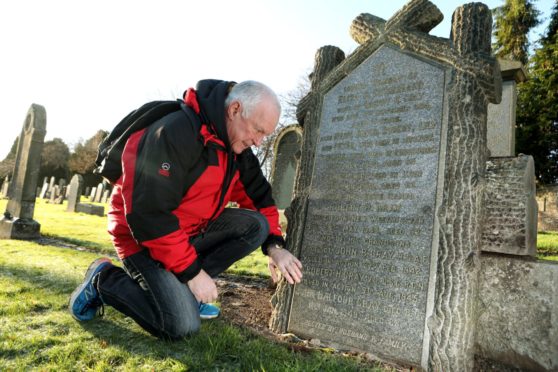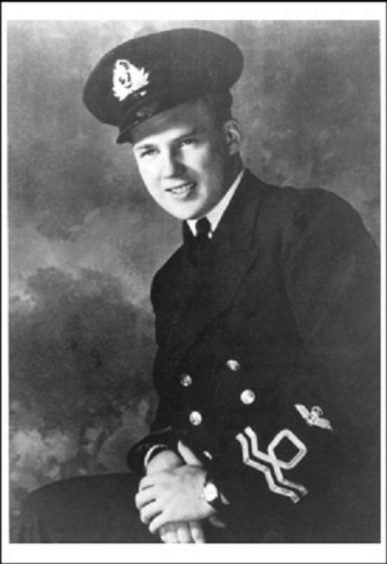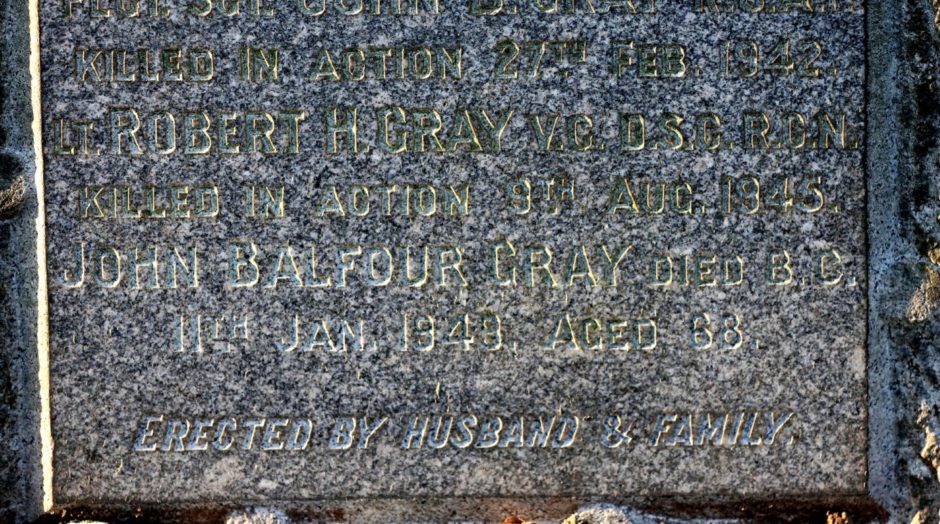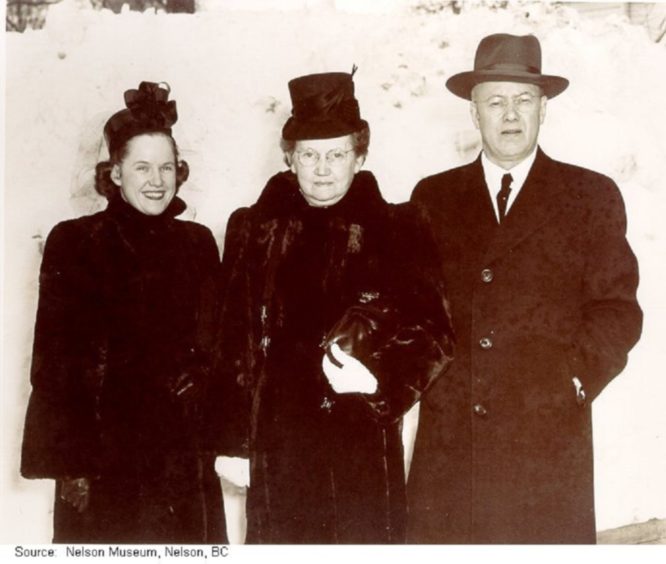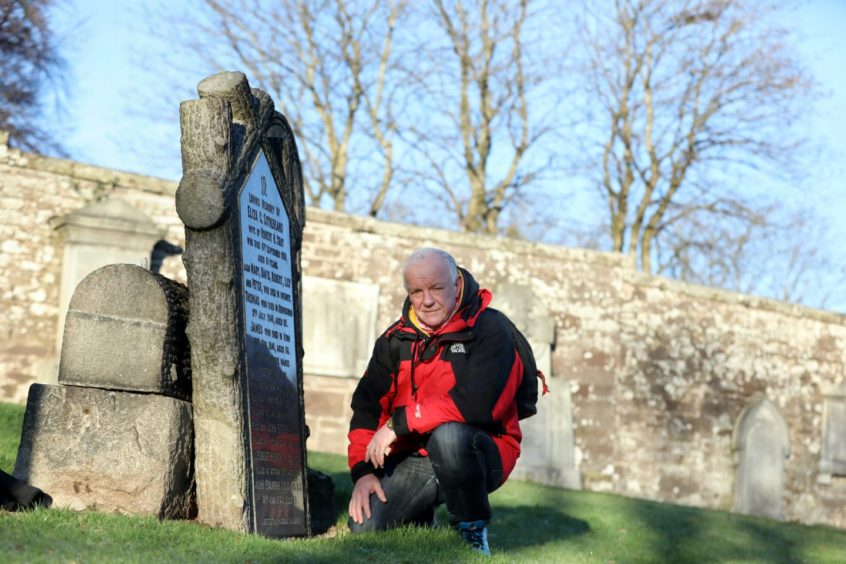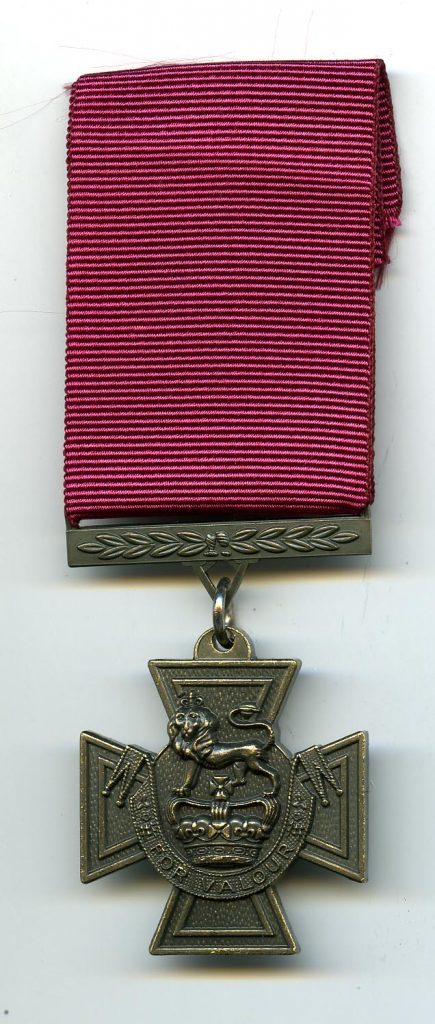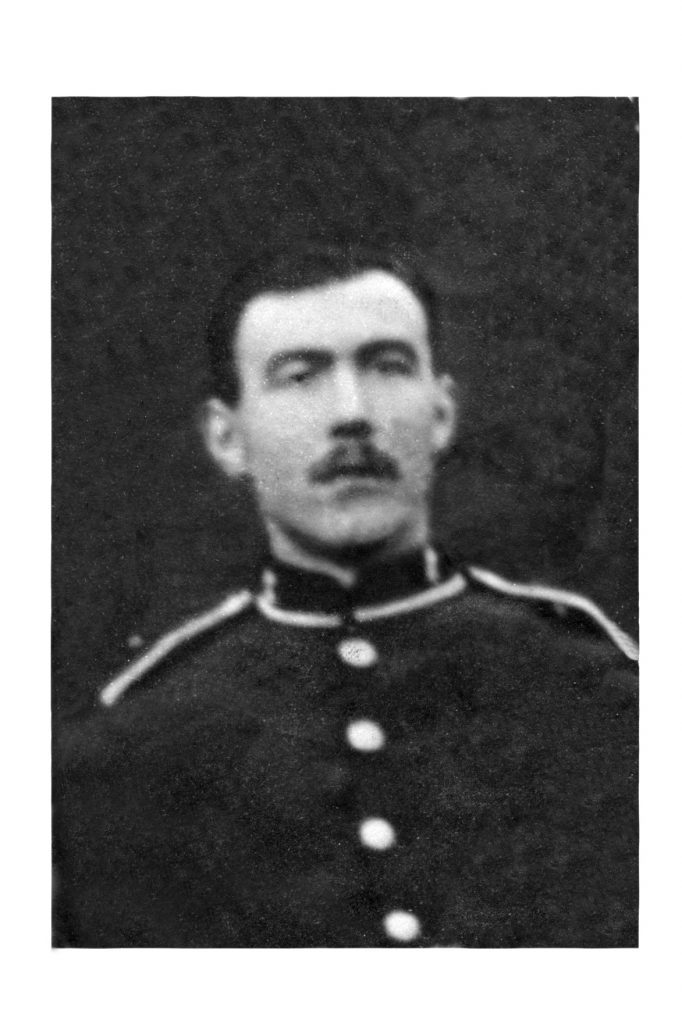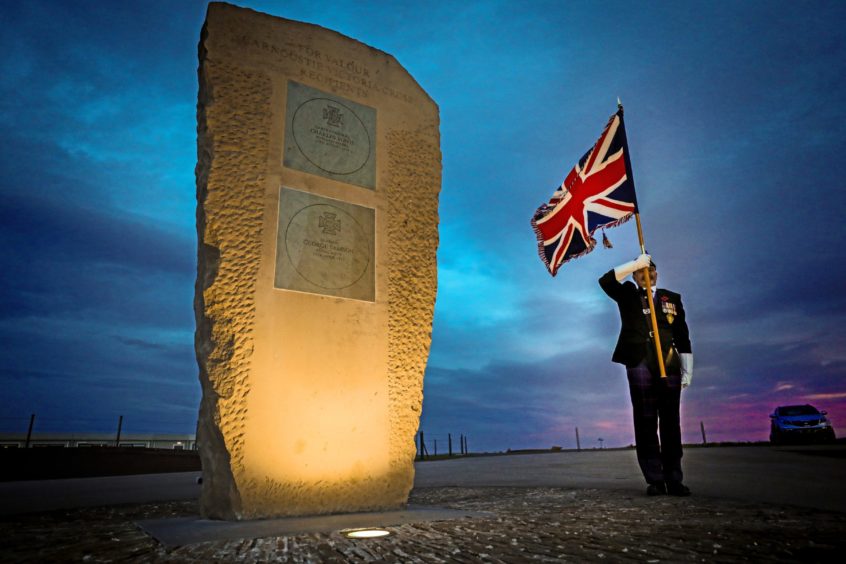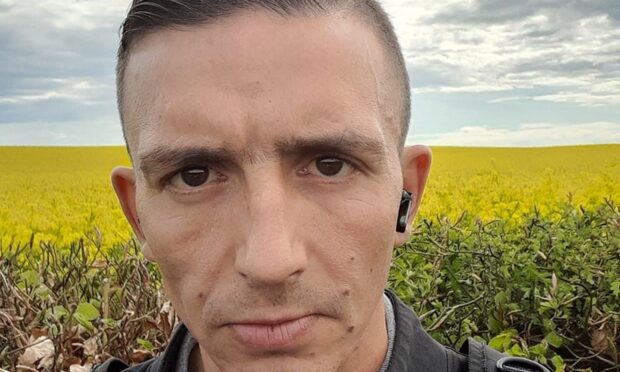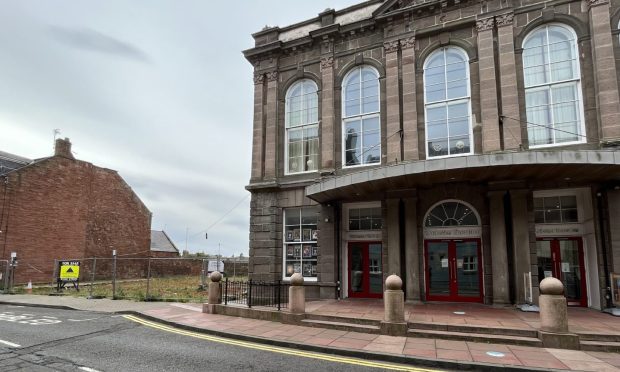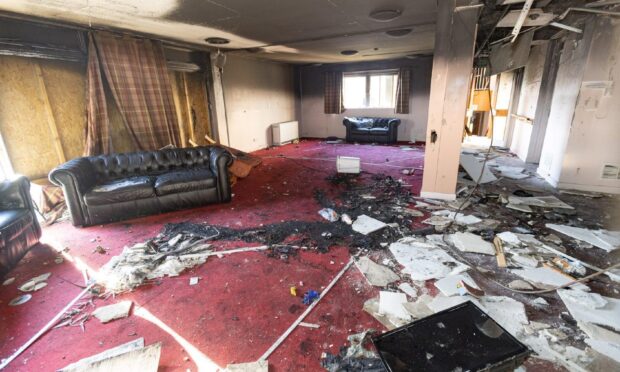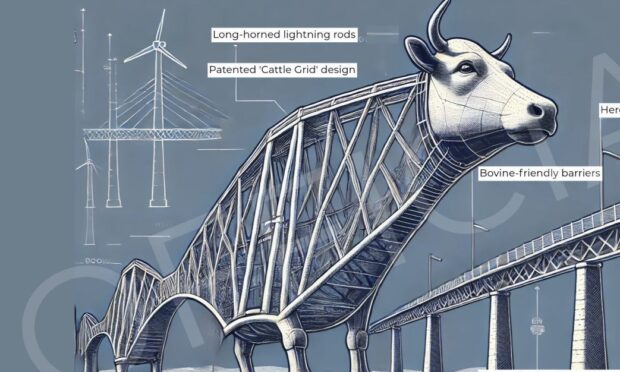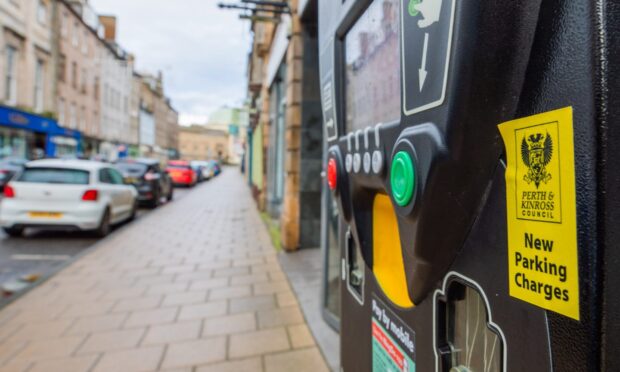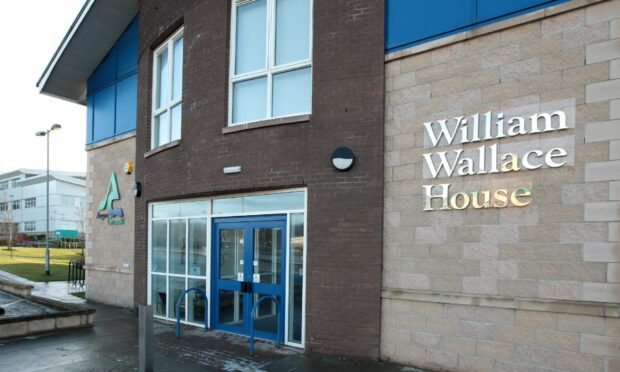The Angus Victoria Cross honour roll has been strengthened by a surprise discovery of a Canadian hero’s direct link to the county.
From the inscription on a deteriorating family headstone in Brechin cemetery, local historian Steve Nicoll has uncovered the story of Robert Hampton Gray – the last Canadian to be honoured with Britain’s highest gallantry award.
Gray was the son of a Brechin mill worker who embarked on a new life across the Atlantic in the early 1900s.
He may have been unknown in the county of his forebears but ‘Hammy’ Gray is a hero in his homeland, where a mountain bearing his name is one of the memorials to his bravery.
Mr Nicoll unearthed the fascinating connection as part of a project to ensure all the names of the Brechin fallen find their way onto the town’s war memorial.
He said: “During the wider survey of the cemetery I came across the Gray family headstone.
“It is in quite a poor state, but I started to research the family history and came across the heroism of Robert Hampton Gray.”
Born in 1917 in British Colombia, Gray was the eldest of three children of John Balfour Gray and his wife, Wilhelmina.
He was killed in action on August 9 1945 piloting a Corsair aircraft launched from HMS Formidable in an attack against a Japanese battleship.
His body was never recovered and his bravery was recognised with the posthumous award of the Victoria Cross.
The 27-year-old was one of only two Second World War VCs from the Royal Navy’s Fleet Air Arm and is the last Canadian to have been awarded the honour.
Gallant flyer honoured in Japan and Canada
A memorial to him was erected at Onagawa Bay in 1989, and later moved to a new location nearby following a 2011 earthquake in the Japanese city.
He is one of 14 figures commemorated at the Valiants Memorial in Ottawa.
Gray and his brother, who was also killed in the Second World War, were honoured when their name was given to a mountain in British Columbia’s Kokanee Glacier Provincial Park in 1946.
John Gray was serving with 144 Squadron RAF as crew of a Hampden bomber when he died and is buried in Doncaster.
Mr Nicoll said: “There is an irony embedded in the family story as their father had emigrated to Canada to start a new, and better, life.
“Losing both sons during WWII must have challenged that life-changing decision.
“Even the award of a posthumous Victoria Cross for the eldest son would have been of little consolation.”
Mr Nicoll’s research has revealed the hero flyer’s father was born on May 3 1880 at Brechin Infirmary.
“His wife, Eliza, had died in 1909 in Brechin and I wonder if that was a trigger for her widowed husband to emigrate to Canada,” added Mr Nicoll.
He has traced the ties of three male generations of Gray’s to Brechin – the father, grandfather and great-grandfather of the Victoria Cross holder.
“Angus has a rich connection to the Victoria Cross through Kirriemuir and Carnoustie, but I would like to think Brechin can now share some of that through the direct link to Robert Hampton Gray,” he said.
Victoria Cross citation
Gray’s Victoria Cross citation, gazetted on November 13 1945 read:
ADMIRALTY Whitehall, 13th November 1945.
The KING has been graciously pleased to approve the award of the VICTORIA CROSS for valour to: —
the late Temporary Lieutenant Robert Hampton GRAY, R.C.N.V.R., for great valour in leading an attack on a Japanese destroyer in Onagawa Wan, on 9 August 1945.
In the face of fire from shore batteries and a heavy concentration of fire from some five warships Lieutenant Gray pressed home his attack, flying very low in order to ensure success, and, although he was hit and his aircraft was in flames, he obtained at least one direct hit, sinking the destroyer. Lieutenant Gray has consistently shown a brilliant fighting spirit and most inspiring leadership.
The Angus VCs
An engraved flagstone in Kirriemuir’s Cumberland Close honours Private Charles Melvin, Captain Charles Lyell and Corporal Richard Burton.
Private Melvin was the only First World War recipient, for his actions in 1917 as a member of the 2nd Battalion Black Watch (Royal Highlanders).
Melvin charged an enemy machine gun post held by Turkish soldiers in Mesopotamia, now Iraq, killing four and disarming eight.
Charles Lyell was 29 and a temporary captain in the 1st Battalion, Scots Guards when he led an attack on April 27 1943 near Dj Bou Arada, Tunisia.
He destroyed an enemy machine-gun crew with a hand grenade and then leapt into a second pit, killing several of the crew before being overwhelmed and killed.
Lyell is buried in the Massicault War Cemetery, southwest of Tunis.
Leicestershire-born Corporal Burton received his VC for bravery in the field at Monte Ceco, near Florence in October 1944.
He killed or wounded machine gun crews in during a battle for a key position.
The citation for the soldier in the Duke of Wellington’s regiment said Burton’s “magnificent gallantry and total disregard of his own safety during many hours of fierce fighting in mud and continuous rain were an inspiration to all his comrades.”
Carnoustie heroes honoured by links memorial
Across Angus, a seafront monument close to the town’s world-famous championship links golf course stands in tribute to Lance Corporal Charles Jarvis and Petty Officer George Samson.
L/Cpl Jarvis, of the 57th Field Company Royal Engineers, was the first man to be awarded the VC in the First World War.
Samson was awarded his VC for his bravery on April 25 1915, during the Victoria Beach landing at Gallipoli.
He and three others assisted the commander of their ship, HMS River Clyde, attending to the wounded under heavy fire before the Angus man was himself seriously wounded.
He later died of pneumonia and is buried at St George’s Military Cemetery in St George, Bermuda.
